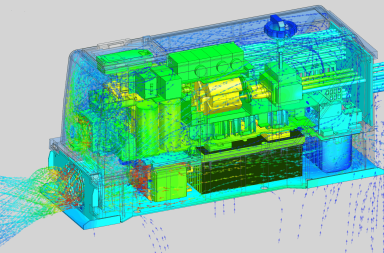Jewellery has been a time-less valued possession for generations. It has been a vital part of the history and social structure of almost all societies in the world. It’s critical to grasp the production process if you are a first-time jewellery designer wishing to make your way in the industry. That includes knowing about various ready-made metals that can be purchased for an easier and inexpensive set-up for a start.
Such materials, called fabricated metals, are made to help designers be creative. It offers convenience and provides artisans with a less time-consuming process. It also has a lot of options to choose from. So you can expect a better mix of craft and design.
However, it can be overwhelming to choose from a myriad of options available on the market, especially if you do not know the basics of making one. This article provides a beginner’s guide on where you can start.
Granules
Granules are tiny metal spheres you can use to uniquely decorate your piece. Granulation, or the process of making granules, gives a design more character, interesting and eye-catching spots for light to rest.
For instance, adding gold granules to silver jewellery is a simple method to give it pure gold’s value, beauty, and impact. Adding granules to your jewellery is another great approach to add texture to your designs.
The majority of granulated jewellery designs you can see online are historical or antique, making it seem like a technique beyond the grasp of inexperienced jewellers.
Wires
Jewellery-making wire allows you to be as creative as you want! Here are four of the most common wires available on the market.
- Round: The most common wire shape and the standard shape used in most wire operations is round wire. You can mix and match different designs with round wires for your bracelets, necklaces, and earrings.
- Half-Round: Typically, a half-round wire is used to link many nearby square wires. The rounded end of the wire is shown in the finished design, while the flat side is placed against the square wires.
- Square: A square wire is occasionally used for purely aesthetic purposes, as the corners of a square wire give completed jewellery a different look. If used properly, it can also have a functional advantage.
- Twisted: A fancy or twisted wire is used to give wirework a tactile and visual quality. While you can make one of your own, it would be best to buy ready-made twisted wire.
Sheets
Jewellers have been producing metal sheets for millennia, from cold joins to hot soldering. However, their strength, problems, and functions vary depending on what metal kind is used. For example, sterling silver and aluminium are great options to create unique metal artisan jewellery.
It’s also worth identifying the sizes of your sheets. For example, you can choose from 16-gauge (thicker) to 28-gauge (thinner) metal sheets for piercing and sawing into unique forms. You can also use these dimensions for dapping (doming), shaping into bracelet cuffs, embossing, and other fine craft applications.
Chain Rolls
Chains for manufacturing jewellery come in a variety of styles. While making your chain is simple, the procedure can be time-consuming. Fabricated metals is a more convenient option because purchasing chains in bulk can save you time and money while also providing you with a wider range of options.
Using just the most basic tools for jewellery and beading projects, you can craft pieces that are stylish, elegant, and classic. It’s much easier to get started once you have learned the fundamentals and recommendations for determining which sort of items to use for your jewellery projects.


